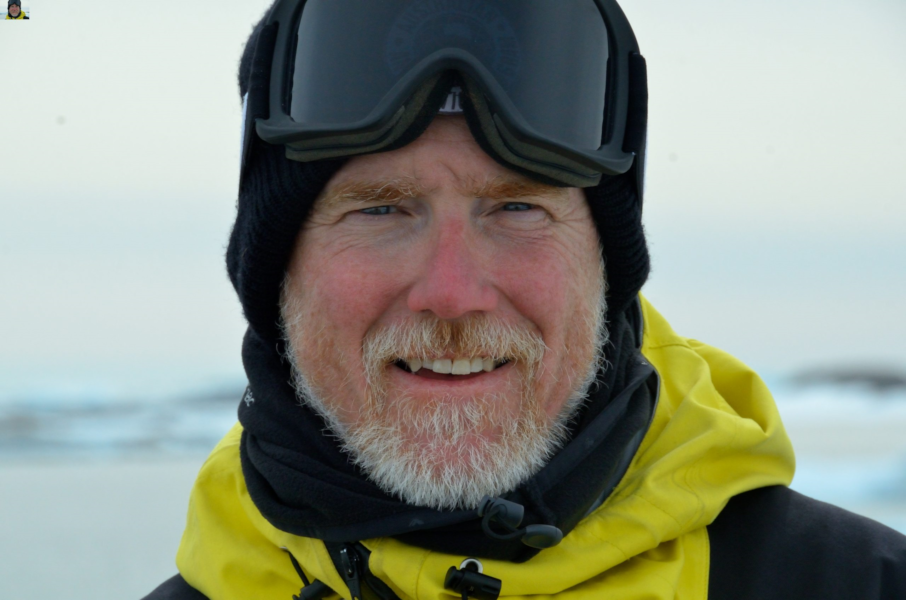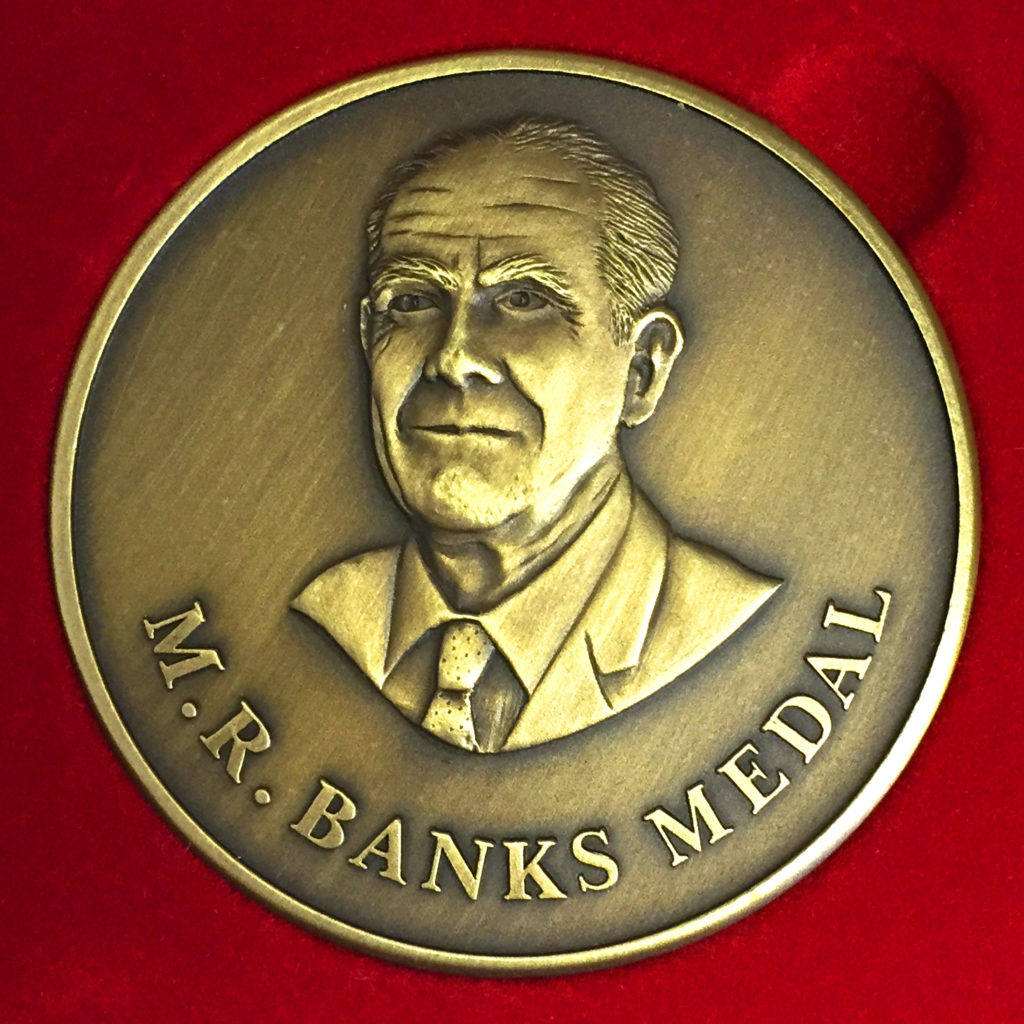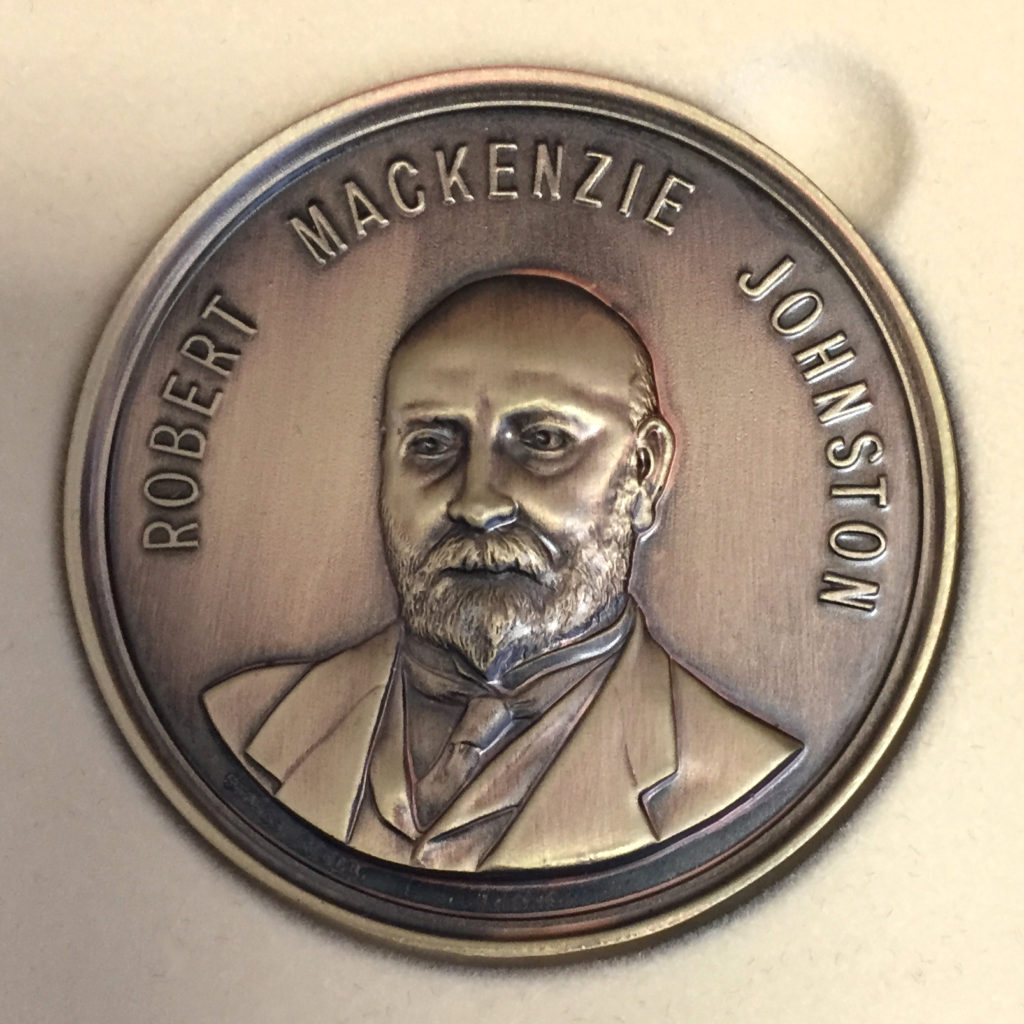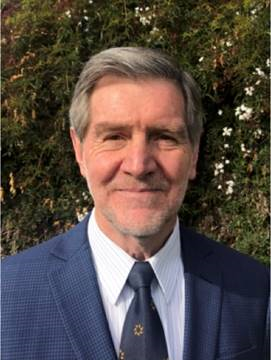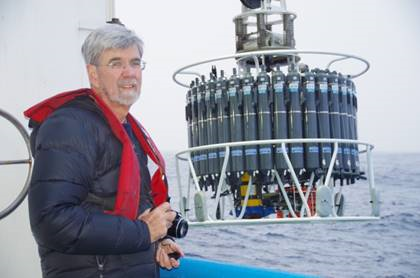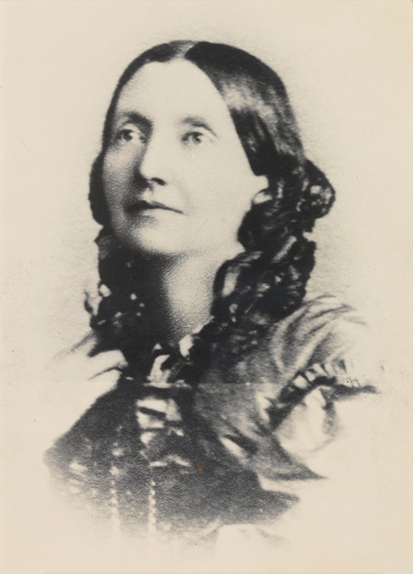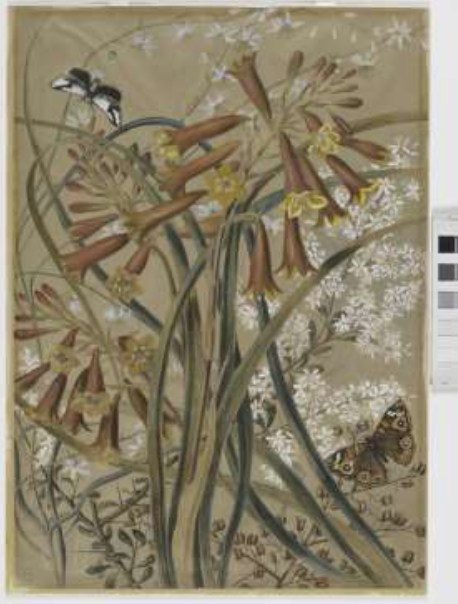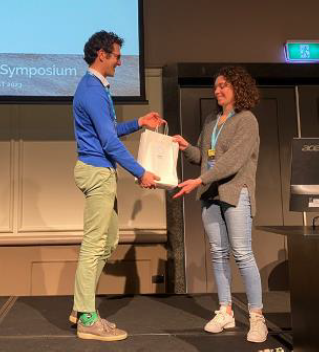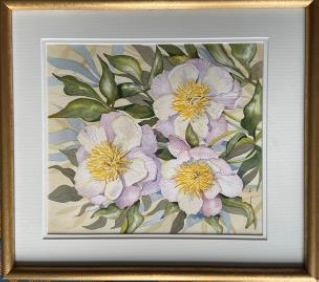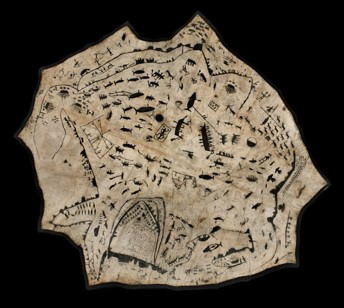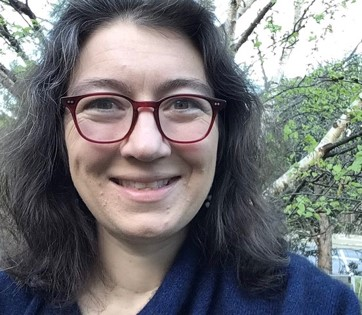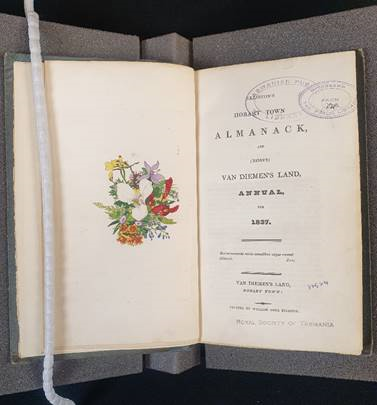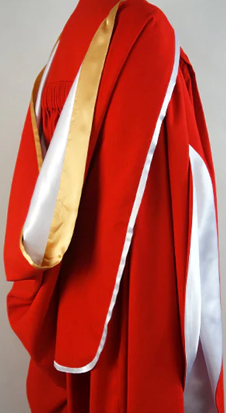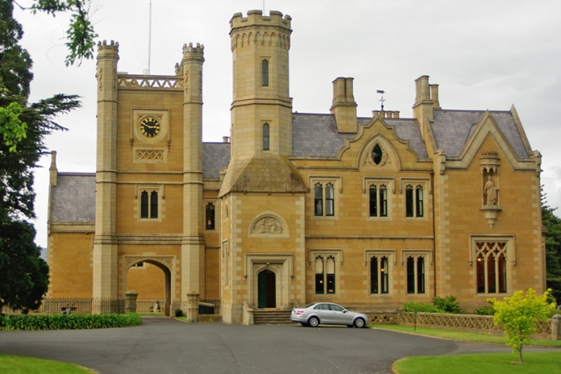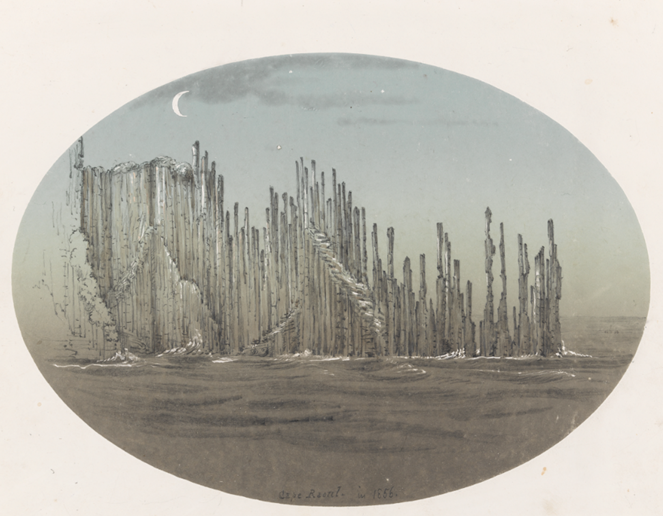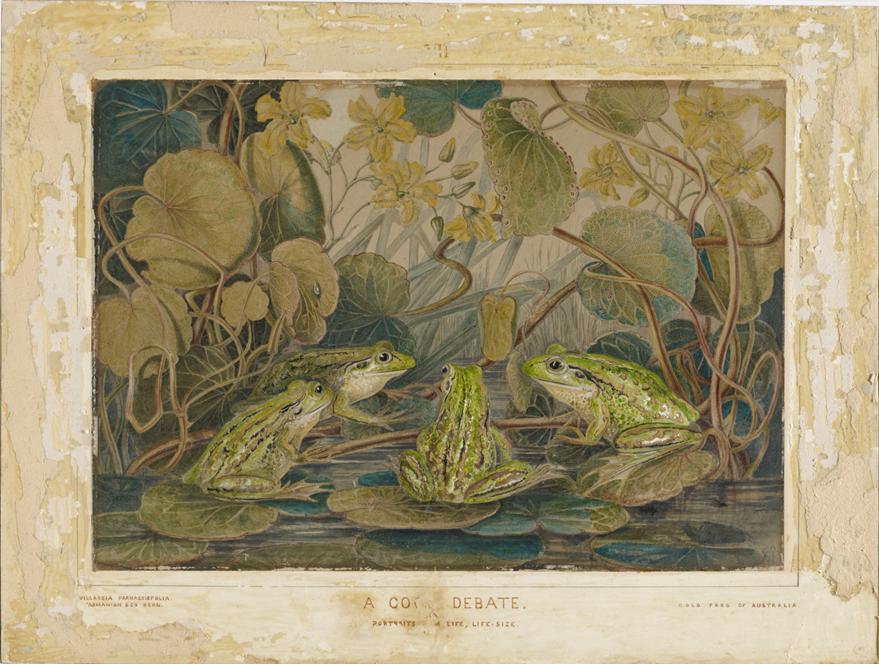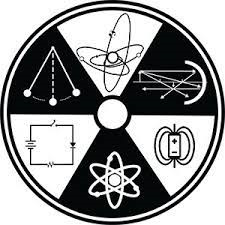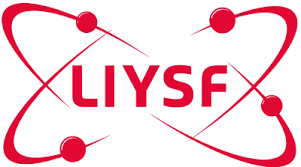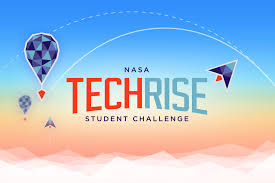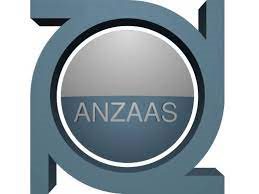The RST Honours and Awards Committee recently assessed nominations for the 2023 Doctoral (PhD) Award. This award is intended to recognise recent PhD graduates who have made significant advances in the course of their doctoral research. The value of the award is $1,000 (AUD).
Dr Tobias Stål was selected as the winner of the 2023 RST Doctoral Award. Dr Stål is a geophysicist focusing on understanding Antarctica’s deep and shallow structure and properties. He completed his PhD at the Institute for Marine and Antarctic Studies, University of Tasmania, in 2021. The focus of his PhD research was a study of the Antarctic lithosphere revealed by multivariate analysis.
The Antarctic continent, with an area of about 14 million km2, is larger than Australia; yet due to the ice cover and inaccessibility, its geology and lithospheric structure are to a large extent unknown. Advancing our understanding of the Antarctic continent addresses fundamental knowledge gaps in plate tectonics and understanding the interactions between the solid Earth and the cryosphere.
